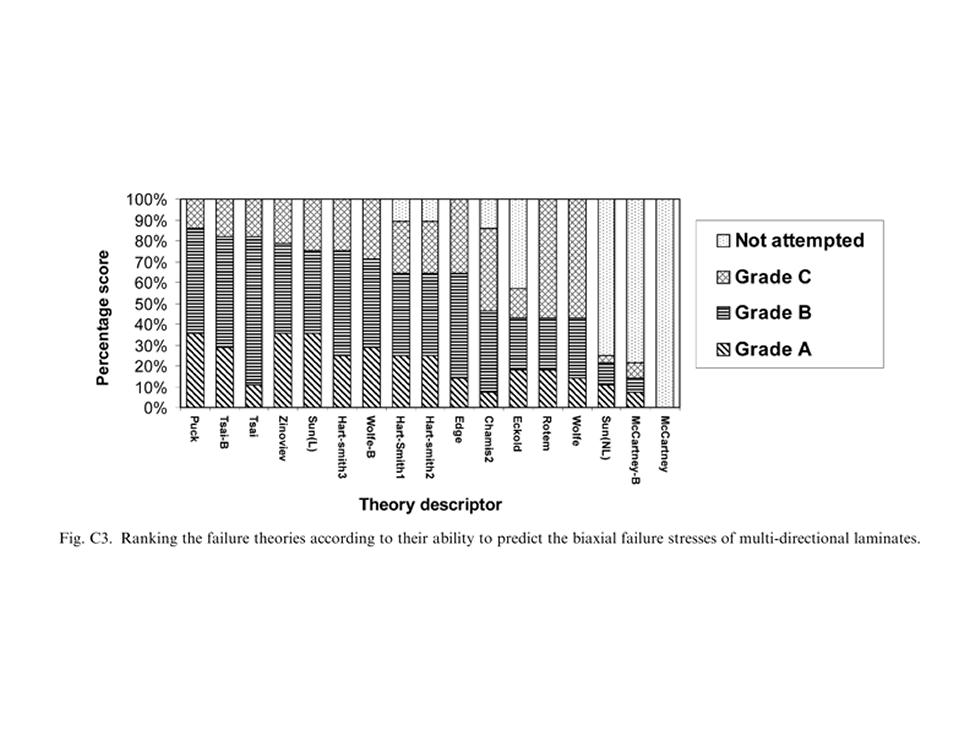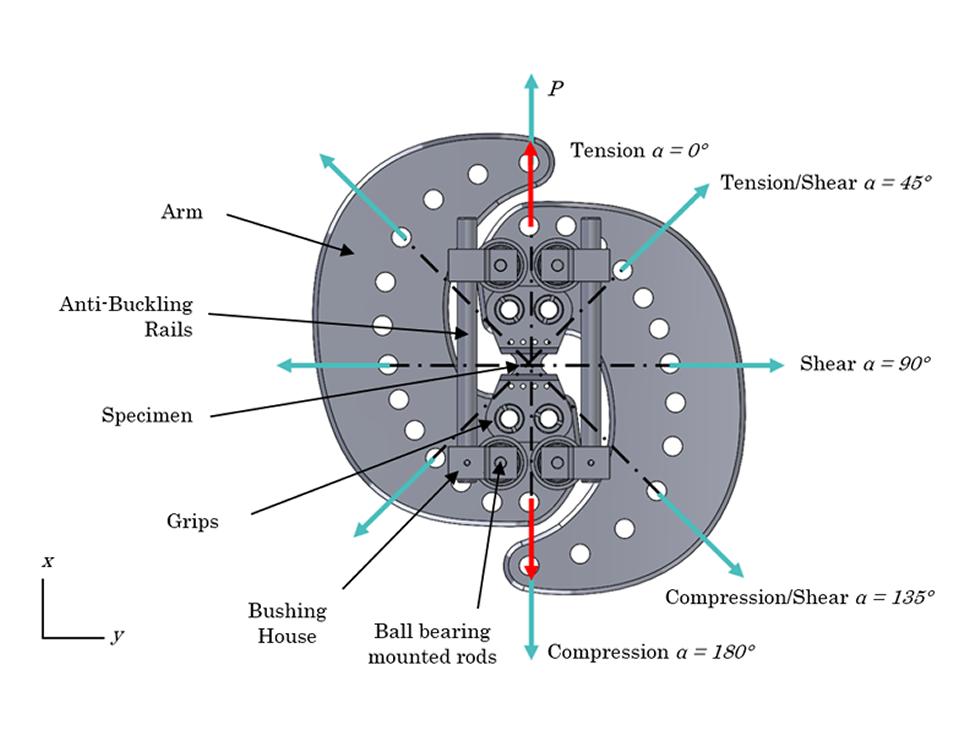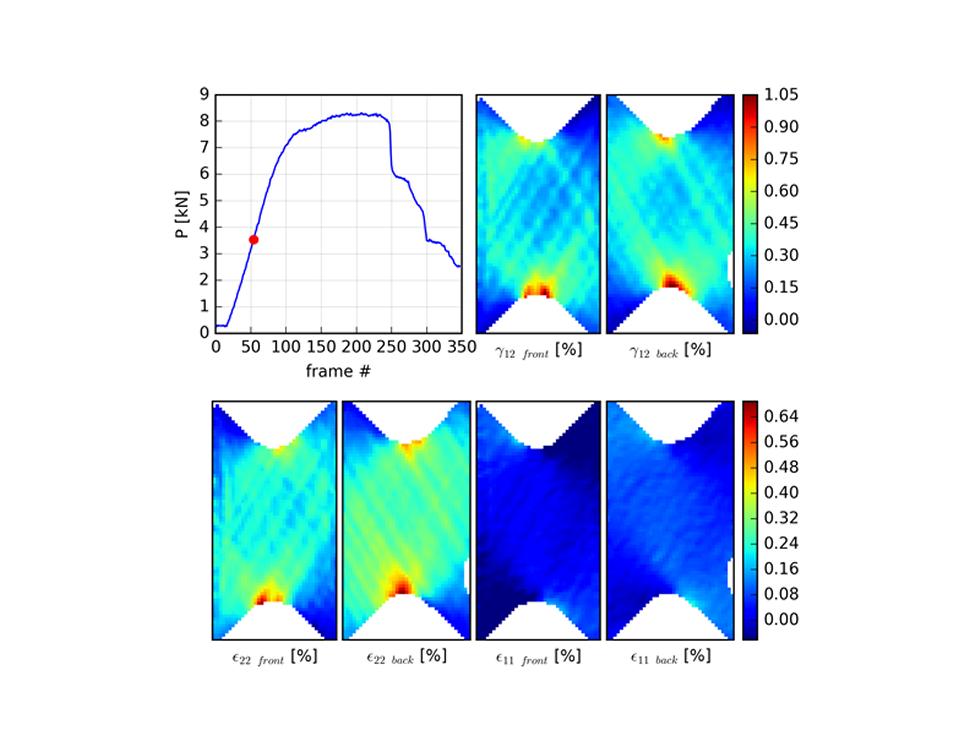Fibre reinforced polymer (FRP) composite materials are widely used for structural applications across aerospace, marine, transportation and renewable energy sectors, due to their high stiffness and strength to weight ratios as well as their excellent fatigue properties and the ability to be tailored with respect to mechanical, thermal and electric properties.
Current FRP composite testing and design methods are based on independent uniaxial tension, compression and shear tests, which in most cases are directly inspired by equivalent metal testing standards. These tests are unsuitable to fully characterize layered composite materials, which exhibit stress state dependent strengths and failure modes when subjected to multiaxial loading. Thus, available multiaxial experimental data is rare and unsatisfactory for design or let alone to challenge current failure theories and modelling approaches: A significant effort has been invested internationally to assess the capabilities and accuracy of composite failure theories and indirectly the testing methods through the World Wide Failure Exercises (WWFEs). The results show that current theories have significant deficiencies in their ability to predict failure under complex multiaxial loading states and that the testing methods are inadequate (see figure 1).These shortcomings seriously impede the uptake of lightweight composite solutions in many industries that could offer more sustainability, reduced cost or higher performance over traditional metal counterparts.
In this PhD project, an integrated computational and experimental methodology to characterize multidirectional composite laminates subjected to multiaxial loading is proposed that can fill the identified shortcoming. The proposed experimental testing method is based on the Modified Arcan Fixture (MAF), which can generate failure data not only for the combined tension/shear but also for the compression/shear loading spaces (see figure 2). Full field strain measurement techniques are employed together with the MAF to capture the complex non-uniform strain fields in multidirectional laminates subjected to multiaxial loading (see figure 3). The results will inform the development of a nonlinear Finite Element material model, which will be used to predict the ply-by-ply stress and strain fields within a multidirectional laminate. The combination of experiment and computation will allow to obtain high-fidelity experimental data in an integrated and iterative approach and will raise the confidence level in current composite testing and design methods, leading to a more efficient use of advanced composite materials.
Figure 1
Source: M. J. Hinton, A. S. Kaddour, and P. D. Soden, “A comparison of the predictive capabilities of current failure theories for composite laminates, judged against experimental evidence,” Compos. Sci. Technol., vol. 62, 2002.
Figure 2
Source: Gan K, Laux T, Taher S, Dulieu-Barton J, Thomsen O, “A novel fixture for determining the tension/compression-shear failure envelope of multidirectional composite laminates”, Compos. Struct., vol. 184, 2018.
Figure 3
Source: Laux T, Gan K W, Dulieu-Barton J, Thomsen O, “Integrated experimental and computational characterisation of advanced composite materials subjected to multiaxial loading – 9 Month report”


